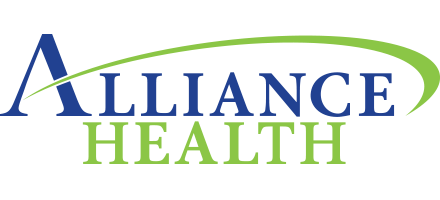Movement is Medicine: Elbow Injuries in Adolescent Throwers: Part I
It is spring and baseball fans, parents, and children are excited by the start of Major League Baseball and Little League seasons. Even parents and grandparents get excited for the start of Tee Ball. America’s pastime is here and everyone wants to start throwing the baseball or softball around.
Injuries and injury prevention are a part of every sport, but do we really know or understand the history of specific throwing injuries particularly at the elbow joint? For this column, we will examine two significant elbow injuries in youth league baseball players and MLB. Youth league elbow can be a devastating but recoverable condition in adolescent and pre-adolescent baseball players. Ulnar collateral ligament strains can end a MLB player’s season and quite possibly a career. Both can be devastating to the athlete, but they can also be avoided if recognized early.
Youth leaguer elbow is defined by inflammation of the growth plate (apophysis) on the inner side of the elbow (medial epicondyle). Medically referred to as Medial epicondyle apophysitis. Since the natural overhead throwing motion places stress on the medial elbow (inside of the elbow) proper throwing mechanics are encouraged as well as limiting the number of pitches by a young thrower. Even if the athlete has good mechanics, this area is still vulnerable to injury in the adolescent thrower because of the stress to the growth plate. According to Dr. John A. Schlechter, a pediatric orthopedic surgeon and Sports Medicine specialist, the elbow growth plate typically closes in girls between 14 to 17 years of age and 16 to 18 years of age in boys. Girls aren’t immune to this injury, but boys have been more vulnerable over the years.
There are several things that parents and coaches can do to protect against youth leaguer’s elbow. One of the best things you can do is count the number of pitches he/she takes in a game. In 2007, Little League baseball adopted rules and guidelines for the number of pitches that should be allowed in a game and how many rest days before they pitch again. The guidelines were revised this year (2017). To see the guidelines visit: http://bit.ly/2onxjgu.
Pitch counts are important; however, a coach or parent can also teach proper throwing mechanics and look out for medial (inside) elbow pain, or swelling. Not all elbow pain means that they have an injury, it might just be they are tired and need to rest. However, persistent medial elbow pain should be an indication to see your physician and possibly and get X -ray.
According to Glenn S. Fleisig and James R. Andrews (2012), pitching while fatigued and pitching for concurrent teams are also associated with increased risk. Pitchers who also play catcher have an increased injury risk, perhaps due to the quantity of throws playing catcher adds to the athlete’s arm. Interestingly, these same researchers found that throwing a curve ball at a young age may not contribute to any higher incidence of elbow injuries. Pitchers who threw curveballs before 13 years old were no more likely to be injured than pitchers who began after 13 years of age. The emphasis was on proper throwing mechanics and pitch count.
Advice for parents should emphasize throwing mechanics, pitch count, awareness of other positions throwing count, nutrition, hydration, and skeletal maturity. Pre-adolescent and early adolescent male’s skeletal growth is often faster than their musculature can adapt. Therefore, it is important to watch for growth spurts, and develop strength throughout their growing years. By observing these precautions and regular consulting with your Coach, Doctor, Athletic Trainer, or Physical Therapist, you can reduce the potential risk factors for injuries such as ”Little League elbow.”
Part II will focus on MLB pitching injuries and the rise of “Tommy John” surgeries.



